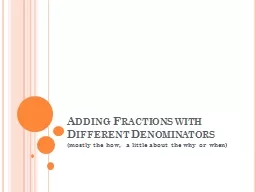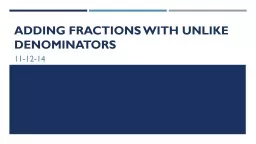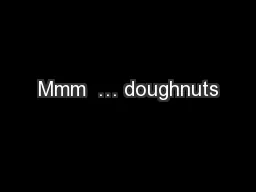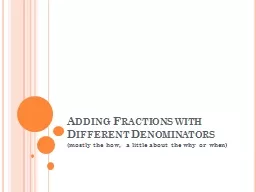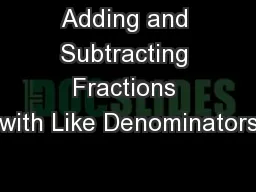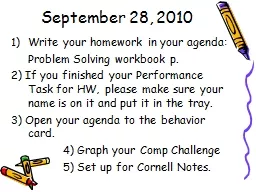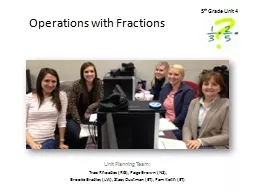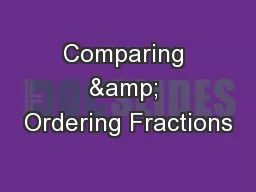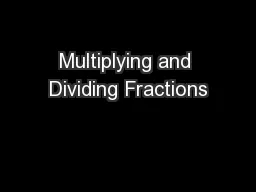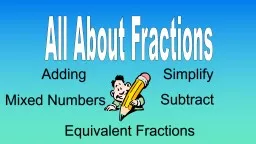PPT-Adding Fractions with Different Denominators
Author : alexa-scheidler | Published Date : 2015-11-22
mostly the how a little about the why or when 38 49 Step one what is this problem asking me to do Add fractions which means what You need a common denominator
Presentation Embed Code
Download Presentation
Download Presentation The PPT/PDF document "Adding Fractions with Different Denomina..." is the property of its rightful owner. Permission is granted to download and print the materials on this website for personal, non-commercial use only, and to display it on your personal computer provided you do not modify the materials and that you retain all copyright notices contained in the materials. By downloading content from our website, you accept the terms of this agreement.
Adding Fractions with Different Denominators: Transcript
Download Rules Of Document
"Adding Fractions with Different Denominators"The content belongs to its owner. You may download and print it for personal use, without modification, and keep all copyright notices. By downloading, you agree to these terms.
Related Documents

